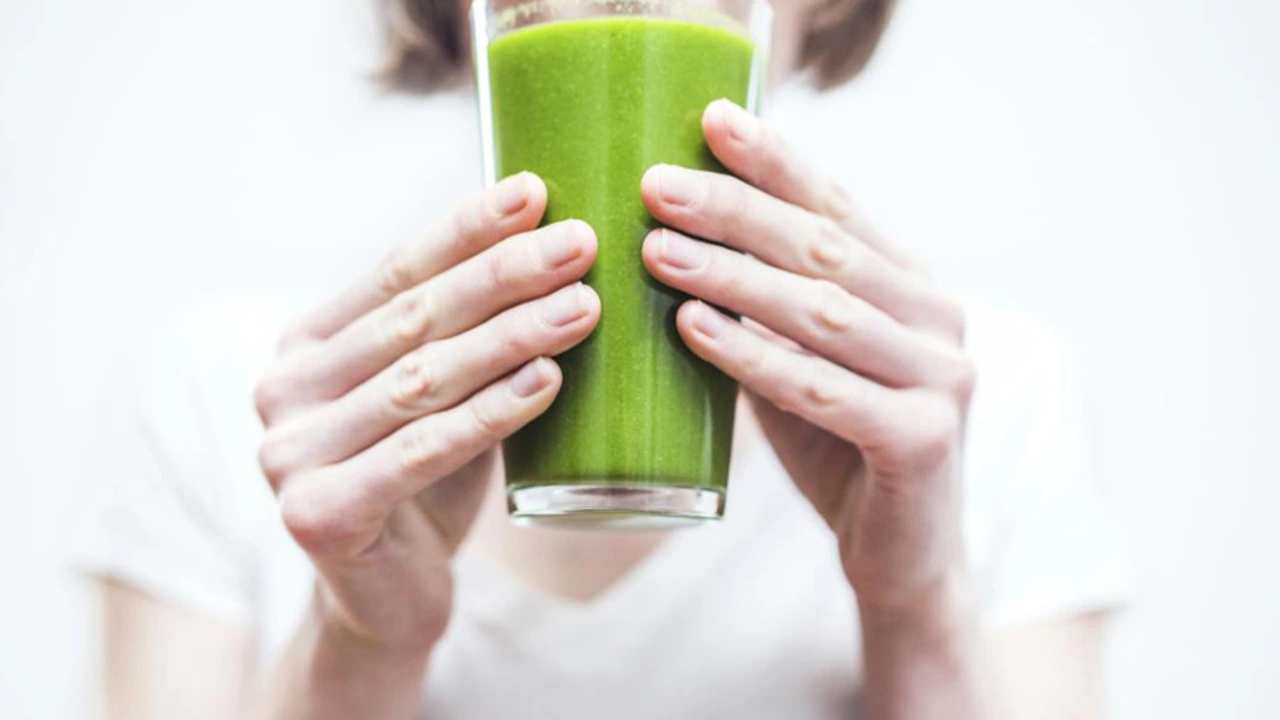Wheatgrass: Benefits, Uses, and Practical Tips
A small glass of wheatgrass juice packs a lot of nutrition in a tiny serving. People swear by it for energy, digestion, and a quick green boost.
Wheatgrass is the young grass of the wheat plant. It's usually harvested at the sprout stage and used fresh, powdered, or in capsules. Nutrients include vitamins A, C, E, iron, magnesium, and chlorophyll. It's not a miracle cure, but it can add micronutrients to a diet.
Some small studies show wheatgrass may reduce oxidative stress and support immune markers. For example, a 2014 pilot study found improved antioxidant levels in participants who drank wheatgrass juice daily for two weeks. These results are promising but limited. Use it as a supplement, not a replacement for a balanced diet.
How to use wheatgrass
Most people take twenty to thirty ml (about one shot) of fresh juice daily. Powdered wheatgrass mixes into smoothies or water. Start with one teaspoon and adjust. Capsules are handy if you do not like the taste. If you grow it at home, harvest at the seven to ten day sprout stage. Fresh juice absorbs fast so take it on an empty stomach if you want a quick energy lift.
Wheatgrass has a strong grassy flavor. Mix it with apple, pineapple, or cucumber juice to tame bitterness. In smoothies add banana or yogurt for a creamy texture.
Safety and side effects
Most people tolerate wheatgrass well. Some get nausea, headaches, or allergic reactions, especially if allergic to wheat, barley, or grass pollens. If you have celiac disease or a wheat allergy, use only gluten-free labeled wheatgrass products, many powders are tested for gluten. Pregnant or breastfeeding people should check with a healthcare provider first. Stop if you notice rashes or digestive upset.
Buy fresh from a trusted juicer or choose reputable powders with third-party testing. Look for organic labeling to avoid herbicide residues. Check the harvest date on fresh products.
Growing wheatgrass is cheap and simple. Use organic seeds, soak them eight to twelve hours, then spread on soil in a shallow tray. Keep them moist and in indirect light. Harvest when the shoots reach six to eight inches. Use a clean juicer or chop finely to blend into smoothies.
If you want a simple green habit, wheatgrass is an easy option. Try small doses, watch how your body reacts, and pair it with a balanced diet for best results.
Interactions and who should avoid: Wheatgrass contains vitamin K and can affect blood thinning meds like warfarin. If you take prescription blood thinners, ask your doctor before adding wheatgrass. It can also lower blood sugar slightly, so monitor if you have diabetes or take glucose-lowering drugs. Use it as a complement to medical treatment, not a substitute.
Quick recipe: blend one teaspoon powdered wheatgrass or one shot fresh juice with half a banana, a cup spinach, half a cup of pineapple, and water. Drink. Store fresh wheatgrass juice in the fridge up to forty-eight hours and frozen in cube trays for storage.
From Weight Loss to Detox: The Incredible Benefits of Wheatgrass as a Dietary Supplement

In my latest blog post, I delve into the incredible benefits of wheatgrass as a dietary supplement. I found that not only does it aid in weight loss, but it also serves as a powerful detoxifier. This superfood is packed with essential nutrients and antioxidants that help improve your overall health. From boosting energy levels to enhancing the body's immunity, wheatgrass has a plethora of health benefits. If you're looking for a natural supplement to add to your diet, wheatgrass is a fantastic option.
